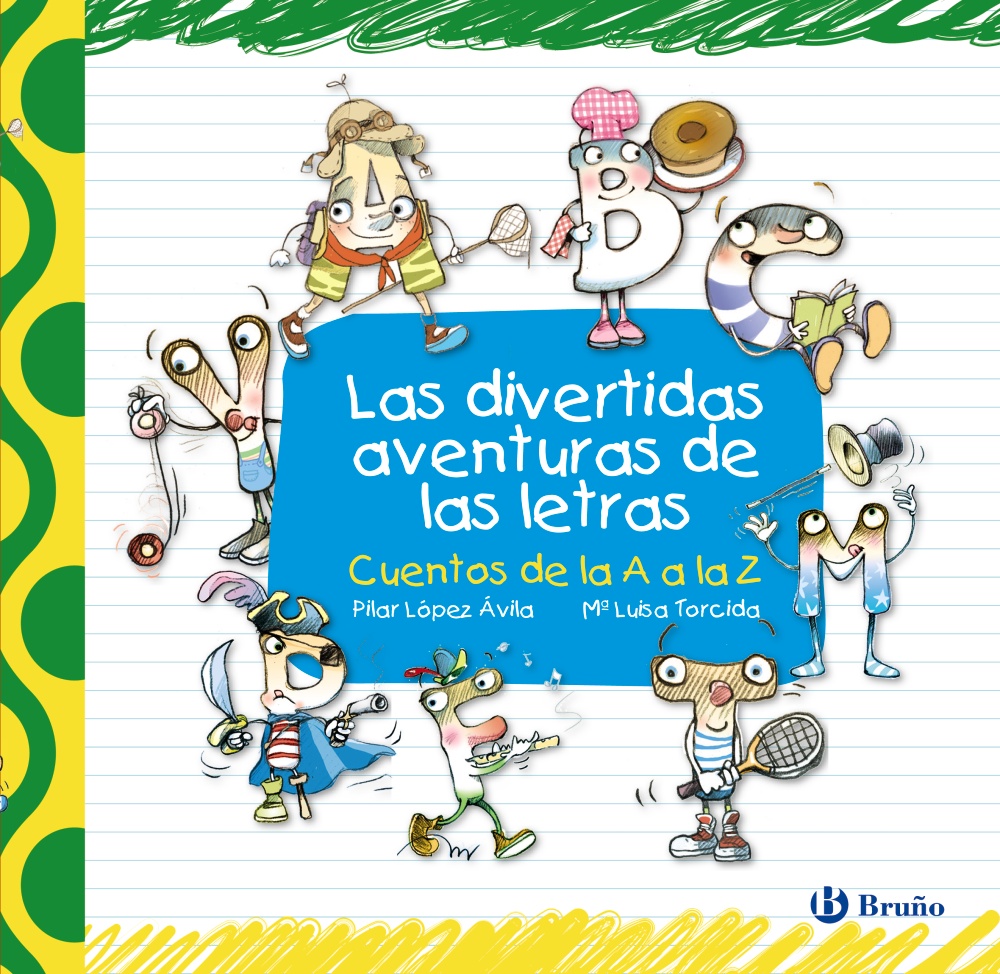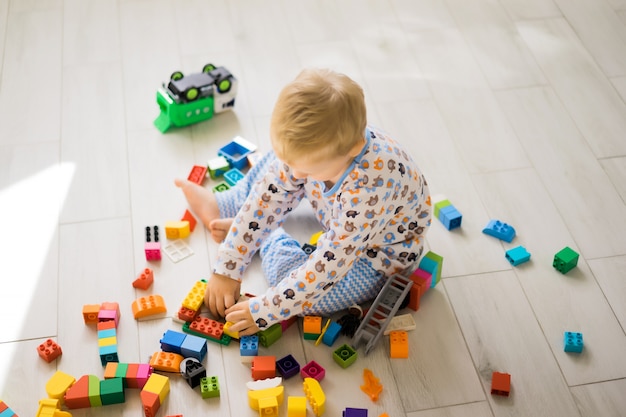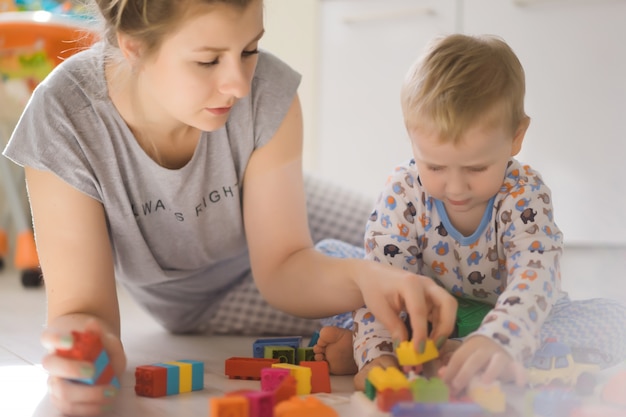Standards in Early Childhood Education
| https://browardschools.instructure.com/ |
Let's first analyze the situation in the United States:
In US early childhood education there is no permanent system of annual information collection at national level that registers the development of children under 5 years of age. There are specific evaluation research institutions and specialized institutions that offer early childhood education services and include evaluation processes, for example: The Institute of Education Sciences (IES), the Institute of Health and Human Services (IHHS). Human Services Research Institute (HSRI), and the Office of Early Childhood Development, among others. These institutions began to work in a more coordinated way, however a more accurate system of coordination is required, that is why the author proposed a system based on standards for Early Childhood Education.
At state level, all the US states evaluate their children when they enter school. Monitoring and permanent reports of achievements in the programs are used, including the goals achieved or those in process.
In the article some Early Childhood programs are mentioned like Head Start. It is a national program, it depends on the Department of Health and Human Services of the United States. It includes education, health and family support, and serves children in poverty with ages from 3 to 4 years. Education in this program includes teacher qualification standards, curriculum and assessment, cultural relevance and language and other standards to promote school readiness. Besides, they help family engagement and support that consists of the promotion of parent-child relationships, support for family well-being, promotion of leadership and links with community resources. Their data is collected through an annual program report, which reports on the services provided, a survey of experiences of families and children with programs of services and achievements of children, who are evaluated three times a year to help adjust and validate the program, using various instruments.
To cover children from prenatal to 3 years, Early Head Start was created. Federally funded by the United States government and targeted to low-income families with pregnant women or young children. EHS promotes healthy prenatal experiences in pregnant women, facilitates good development in young children and promotes healthy habits to families. The EHS Evaluation and Research project was designed to support the continuous improvement of the program, so it became a rigorous and large-scale activity. It included the phase from birth to 3 years (1996-2001) including implementation, impact evaluation and local research projects.
· The Kindergarten phase (2001-2004), used the data from the first phase and developed the follow-up of the children.
· The primary school phase (2005-2010) followed the children from the results of the first two phases.
The article deals with the issue of the implementation and use of standards and their evaluation in early childhood as an inherent component of educational activities and political decisions. Besides, it presents a theoretical framework that reviews the background and trends of the evaluation in order to start from a base. The topic was approached from a systemic approach that involved considering all the components of the education system that influence the integral development and learning of children. This quality system of standards must consider the analysis, observation, feedback and evaluation not only of the child's learning and development, but also of the context, school management and policies, teaching performance and the curriculum, as well as the impact of the programs and services, all with the aim to give feedback to the system and allow to direct efforts towards the continuous improvement of the processes and, thereby, achieving better results.
Currently, the use of standards has become relevant both in the academic and in the political sphere, giving rise to the emergence of new approaches and approaches. For this reason, it is important to highlight the analysis made in the article of the evolution that this concept has had throughout history. In this way we can verify that this term was born in the industrial field. Its implementation is used to determine the level or degree of quality or level achieved using the standards as a assessment tool. In education, its use is promoted not to only assist to student performance, but also to get other components involved such as teachers, educational materials/resources, curriculum, activities, methodology, organization, infrastructure, policies, among others.
However, the difficulty of agreement to organize them into a joint system for an appropriate and regulated standards-based child education is highlighted. Even though significant advances and initiatives have been made with different strategies for the design of a system of standards for the integral development and learning of children, there is still a lack of strategies and instruments for monitoring and assessing other components of the system.
Why to establish a system of standards for early childhood education?
According to the article, the process of implementing standards in early childhood education is considered as a research process that requires the participation of all the education professionals and their contribution for its permanent improvement. It is through action research that the teacher has the opportunity to reflect on the methods and become aware of their achievements and difficulties, thus allowing the introduction of necessary modifications and adjustments for the improvement of the quality of education.
It refers to the explicit formulation of expectations about what children should know and know how to do as a result of their learning and development in various domains: motor, cognitive, socio-emotional, language and literacy and attitudes towards the learning. Some call them "milestones", others "orientations", others "desired results". As stated by S. L. Kagan (2007), the denomination of standard generates controversy, since it confuses the fact of having "expectations for all children" with the idea of homogenizing children and losing sight of the richness of diversity.
For its part, "Kagan and Britto (2005), suggest that early learning standards can be considered as an "elixir" that can be used for various purposes:
• Improve teaching: can serve as a basis to review existing educational programs according to the needs of children.
• Improve parental skills and behaviors: they can be used to design materials that help parents see what is realistic to expect of their children and how to teach them at home.
• Develop screening tests: they can provide the contents to be included in screening tests that assess the overall level of child development.
• Improve the education of educators: they can guide the design of professional development for educators, providing information about what teachers should know and be able to do in their teaching role.
• Evaluate the effectiveness of programs: they can serve as a basis for selecting or developing instruments for assessing children's development, as part of a comprehensive evaluation of the effectiveness of programs aimed at children.
• Monitor the progress of children and families at the national level: they can be used to collect data on achievements in children's learning that inform progress at the country level, through sample evaluations.
• Improve public knowledge about child development: they can be used to design dissemination materials for the general public, or for new fathers and mothers.
This commitment to create and design a system for equity and quality responds to the recognition of the importance of the first years of life for human development and, for this reason, Kagan shows her interest in promoting and exploring research related to development in the early stages and to disseminate its results in order to influence the formulation of adequate policies for children. The article invites the reader and all members of the child education community to review the system (including methodological approaches), as well as to monitor programs, policies, services, development and learning of children to create a consensus.
Some recommendations were made, some of the most relevant are: to strengthen the standard systems with the health, education and social assistance sectors and others; to collect, disseminate and exchange successful experiences on strategies, formulation of indicators, standards and assessment instrument; to perform longitudinal studies and to promote public forums on the subject; to assign social, human and economic resources necessary to carry out the monitoring and follow-up of all the components of the education system; to incorporate parents in the management of the center or program.
For this the standards must be organized in four categories:
- Utility understood as the need for standards to be informative, timely and have the ability to influence. To achieve this, those responsible for carrying it out must draw up their designs based on the information needs detected and clearly communicate the required information to those who have requested it.
- Feasibility is related to financing and in this sense, it states that they should not consider more resources, materials, personnel or time than necessary to carry out the evaluation.
- Legitimacy aims to protect the rights of the people affected by the evaluation by informing about the illegal, unethical and incompetent actions of those who carry out the evaluations. Within the framework of the rights of individuals, it is sought that the evaluators know and respect the laws on privacy, freedom of information and the protection of human rights.
- Precision is an attribute that refers to the quality of the evaluation, if the information presented is technically adequate, comprehensive, which allows to assess the merit of the program. In addition, the judgments issued must have a logical relationship with the data.
References:
- Kagan, S. & Kauerz, K. (eds.) (2012). Early Childhood Systems: Transforming EarlyLearning. New York: Teachers College Press.
- Institute of Education Sciences website: https://ies.ed.gov/
- Institute of Health and Human Services website: https://www.nih.gov/about-nih/what-we-do/nih-almanac/department-health-human-services-secretaries
- Human Services Research Institute website: https://www.hsri.org/
- Office of Head Start website: https://www.acf.hhs.gov/ohs
- Administration for Children and Families (2013) Early Head Start Research and Evaluation Project, 1996-2001 Baseline Data, https://hdl.handle.net/1902.1/00097-1, Harvard Dataverse. Retrieved from https://dataverse.harvard.edu/dataset.xhtml?persistentId=hdl:1902.1/00097-1



























